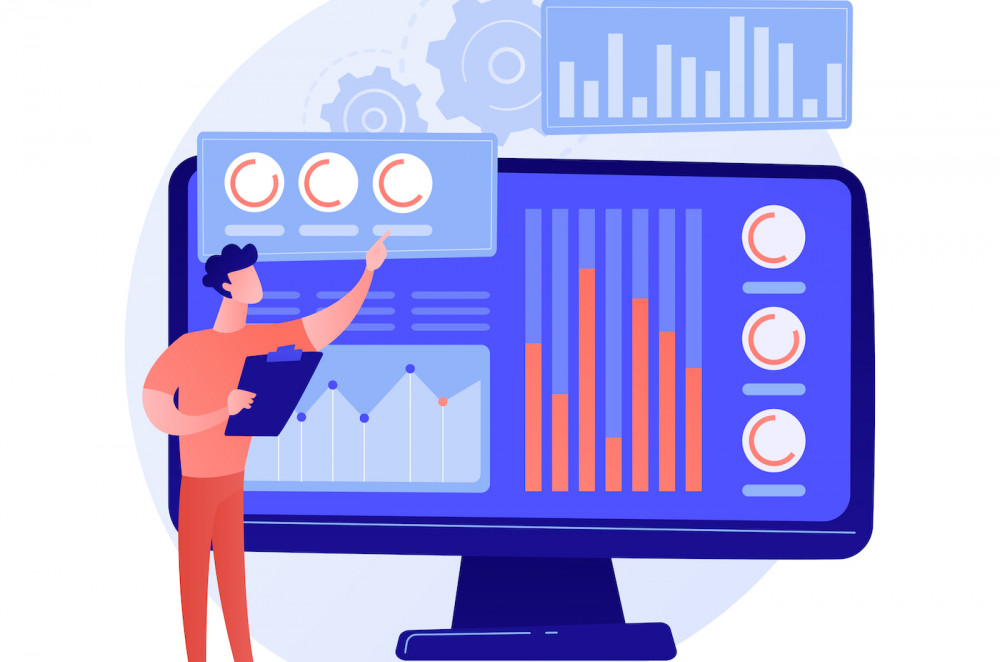What factors you should consider when choosing production monitoring software
Choosing the right production monitoring software is critical for enhancing manufacturing efficiency, quality control, and overall operational performance. Here are key factors to consider when selecting production monitoring software.
Choosing the right production monitoring software is critical for enhancing manufacturing efficiency, quality control, and overall operational performance. Here are key factors to consider when selecting production monitoring software:
1. Functionality and Features
Essential Features:
- Real-Time Monitoring: Ensure the software provides real-time data on machine performance, production processes, and key metrics.
- Predictive Maintenance: Look for features that enable predictive maintenance to anticipate equipment failures and schedule maintenance proactively.
- Quality Control: The software should offer robust quality monitoring capabilities to ensure products meet specified standards.
Advanced Features:
- Data Analytics and Reporting: Advanced analytics tools for detailed reporting and trend analysis.
- Integration with IoT: Compatibility with IoT devices for comprehensive monitoring and data collection.
Example: Gartner emphasizes the importance of features like real-time monitoring, predictive maintenance, and data analytics in effective production monitoring software (Gartner).
2. Ease of Use
User Interface:
- Intuitive Dashboard: The software should have an easy-to-navigate interface with customizable dashboards that provide quick access to critical information.
- User Training: Consider the availability of training resources and support to ensure your team can effectively use the software.
Example: According to Manufacturing Today, software usability is crucial as it impacts how quickly teams can adapt and leverage the new system for better decision-making (Manufacturing Today).
3. Integration Capabilities
System Compatibility:
- ERP and MES Integration: The software should seamlessly integrate with your existing ERP (Enterprise Resource Planning) and MES (Manufacturing Execution System).
- APIs: Ensure the software has robust APIs for easy integration with other tools and systems.
Example: RSM highlights the importance of integration capabilities, noting that seamless integration with existing systems is key to leveraging the full benefits of production monitoring software (RSM US).
4. Scalability and Flexibility
Future-Proofing:
- Scalability: The software should be scalable to accommodate future growth and increased production volumes.
- Customizability: Look for software that can be customized to fit your specific operational needs and industry requirements.
Example: Advanced Technology Services (ATS) notes that scalability and flexibility are essential for adapting to changing business needs and ensuring long-term utility (Advanced Technology Services).
5. Cost and ROI
Financial Considerations:
- Upfront Costs: Evaluate the initial costs of the software, including licensing fees, hardware requirements, and implementation costs.
- Ongoing Costs: Consider ongoing costs such as subscription fees, maintenance, and support.
ROI Evaluation:
- Cost-Benefit Analysis: Conduct a thorough cost-benefit analysis to ensure the software will provide a favorable return on investment (ROI).
Example: Gartner reports that understanding the total cost of ownership and expected ROI is critical for justifying the investment in new production monitoring software (Gartner).
6. Vendor Support and Reputation
Support Services:
- Technical Support: Assess the quality and availability of technical support provided by the vendor.
- Training and Documentation: Ensure comprehensive training programs and documentation are available.
Reputation:
- Customer Reviews: Check customer reviews and testimonials to gauge the reliability and performance of the software.
- Industry Experience: Prefer vendors with a proven track record and experience in your industry.
Example: Customer reviews and vendor reputation are highlighted by RSM as critical factors in selecting reliable and effective production monitoring software (RSM US).
7. Security and Compliance
Data Security:
- Encryption: Ensure the software uses robust encryption methods to protect sensitive data.
- Access Controls: Look for advanced access control features to manage user permissions and data access.
Compliance:
- Regulatory Compliance: Verify that the software complies with relevant industry standards and regulations, such as ISO, GDPR, or industry-specific requirements.
Example: Ensuring data security and regulatory compliance is critical, as noted by various industry reports and best practice guidelines.
Conclusion
Selecting the right production monitoring software involves careful consideration of functionality, ease of use, integration capabilities, scalability, cost, vendor support, and security. By evaluating these factors, manufacturers can choose a solution that enhances efficiency, supports strategic decision-making, and provides a favorable return on investment.
Interested in digital transformation? Let's discuss!
